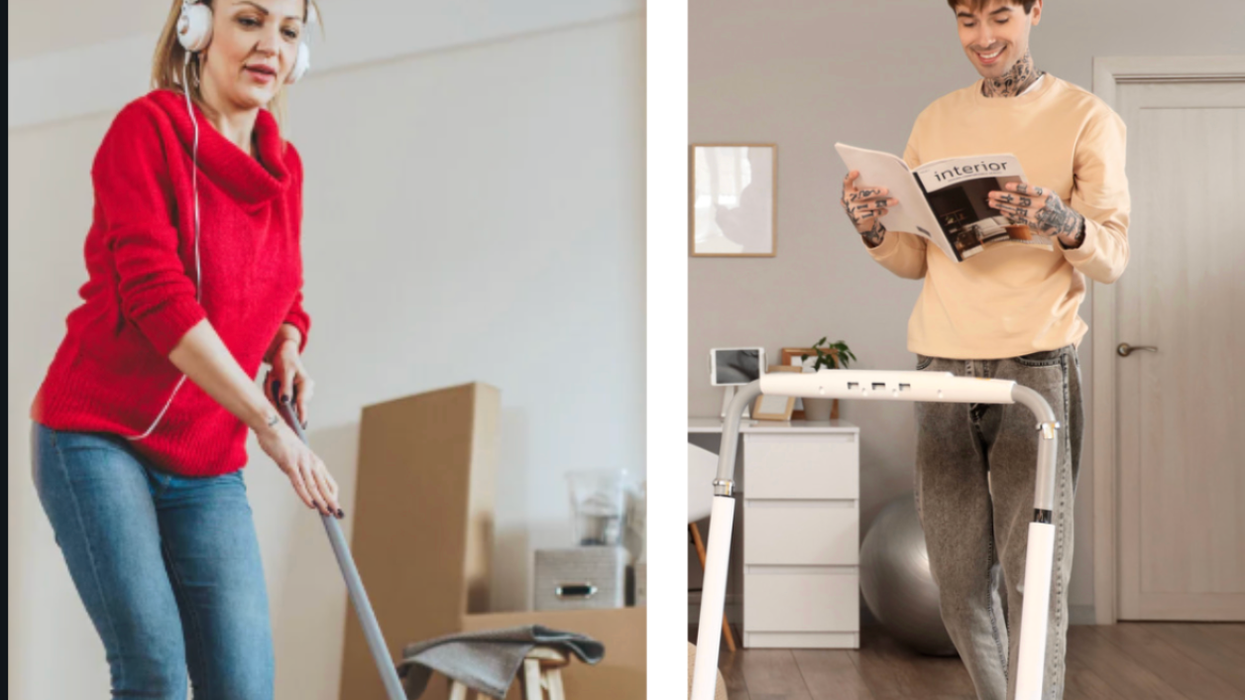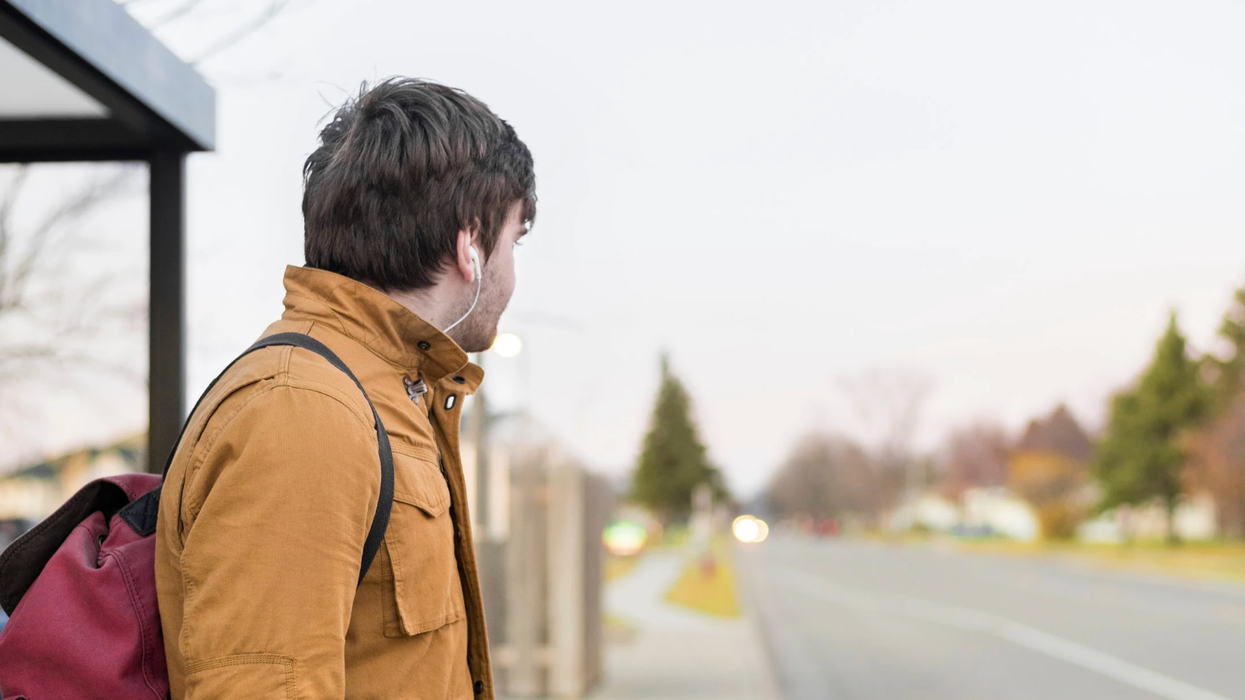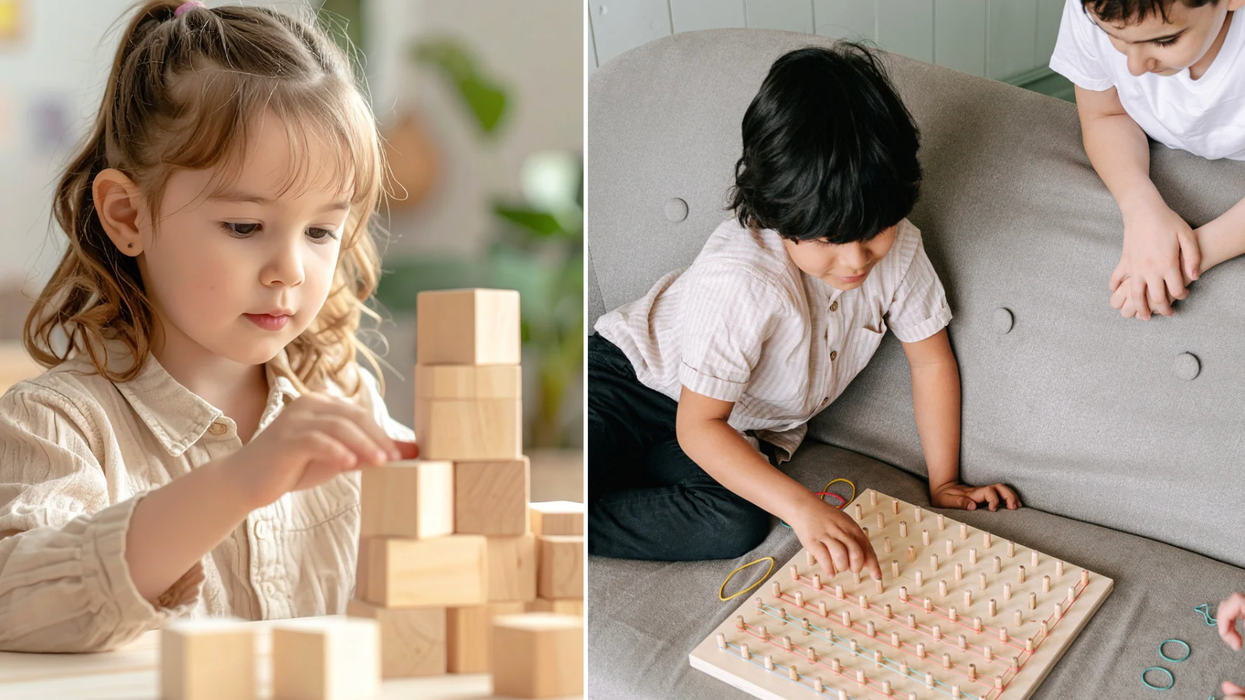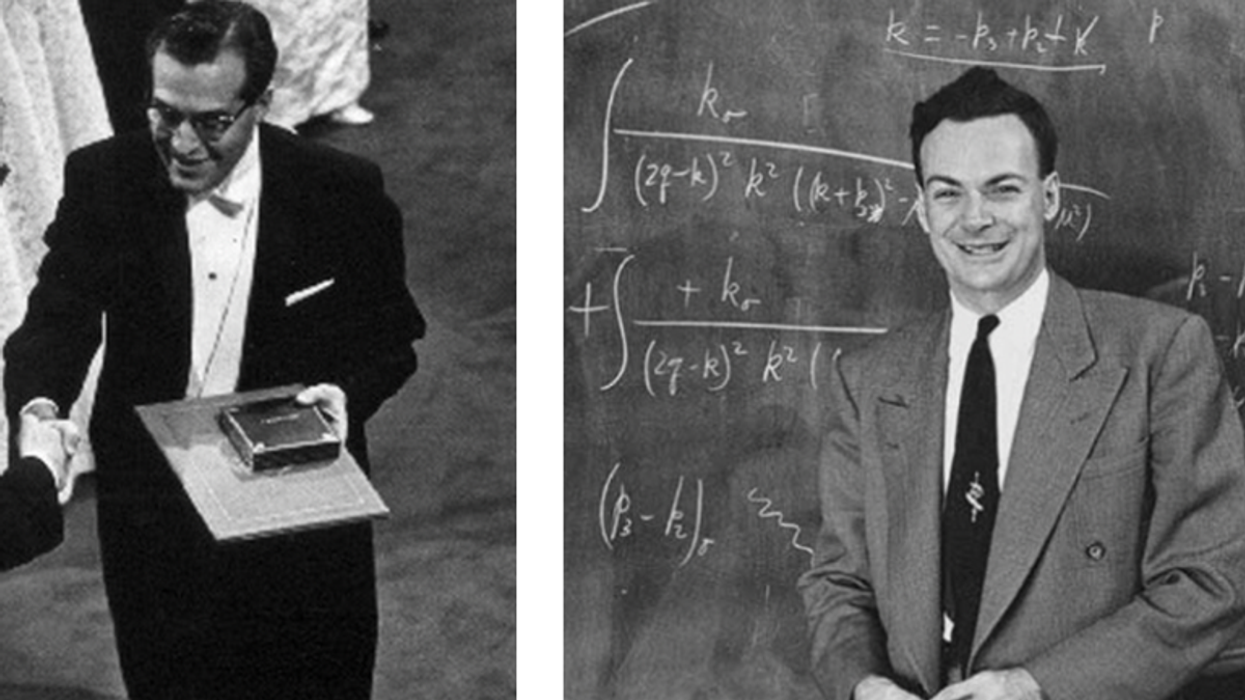After teaching local high-school students the benefits of design, a team of frog designers helps them realize a goal.
design mind on GOOD is a series exploring the power of design by the editors of design mind magazine. New posts every Tuesday and Thursday.
As mentioned in our first post on this blog, “Why We Should Teach Design Early,” our initiative, TeachDesign, is a collaboration between a team of designers from the Austin studio of frog design, architects from SHW Group, and the Austin Digital Media Council. The team is currently working with a group of students at McCallum High School to imagine a common space on campus that is useful, interactive, and inspiring.
At the end of January, we sat down with the students to take stock of the project and ask them about their experience to date. “I think back to that one meeting where we printed out pictures all over the table to start expanding where we could go with the space and understanding design philosophy,” recalled one student, referring to an inspiration board exercise. “I found what we did in the beginning really exciting. We learned all about design and then we all got to go do whatever we wanted with our ideas. If you learn something basic you can apply it to anything you want.”
While the foundational discussions, exercises, and group activities were the same for everyone, each student brought their own perspective to the process. Because of that, each also had their own approach to the problem at hand. Here are a few quotes from the students on the team revealing their initial thinking:
“I started out with what I wanted in the school that we didn’t have.”
“My group of friends are very green and earth-conscious so I wanted to integrate aspects of that into the design.”
“I started with the area that we were designing for. I was thinking of different structures that would relate to the environment and that would also be interactive and draw the students in.”
“There’s lots of different groups of students at McCallum, so you have to abstract it up into the things they do. A lot of the students sit outside because our cafeteria isn’t big enough.”
After extensive freeform design exploration, the team narrowed the ideas down to a single concept: a set of repeating circles that emerge from and carve into the hill that the students selected as their primary site. Together the circles form a rhythmic seating and gathering area with some table-style workspace. The design is codenamed “Bubbles.”
With a direction chosen, the students are now researching materials and starting the modeling process so they can bring the concept into reality. They’re also still pushing its boundaries. How can they make it eco-friendly, aside from simply using green materials? Will it be interactive in some way? As they expand the concept through group brainstorming, they explore what it would mean to take it beyond a single installation and develop design elements that could be placed around the campus, each with a similar purpose, look, and feel. The students are excited about bringing their vision to life. “It’s really nice to know that at the end of this, something is going to be created and will be physically there at my school,” said one.
While one of the goals of TeachDesign is to create something beautiful and purposeful, we also wanted to foster creative thinking beyond the boundaries of the classroom. “We’re doing this wire project in sculpture [class] right now, and I’m starting to see a little more of why things work,” said one student. The collaborative environment seems to be something they really respond to. “It’s exciting to be able to bounce ideas off of each other,” said a member of the group. “You see things that others might not be able to see, and they see things that you might not be able to see. Together you add on and make something better.”
Next up for TeachDesign and this dynamic group of young designers is a showcase of their design at frog’s SXSW Interactive opening party in Austin, Texas, on Saturday, March 13. “It’s kind of weird to think that something we spent all of this time creating is going to be real," says one student. "You will be able to sit on it and touch it. I can’t wait to share that with other people in the design community.”
















 Otis knew before they did.
Otis knew before they did.